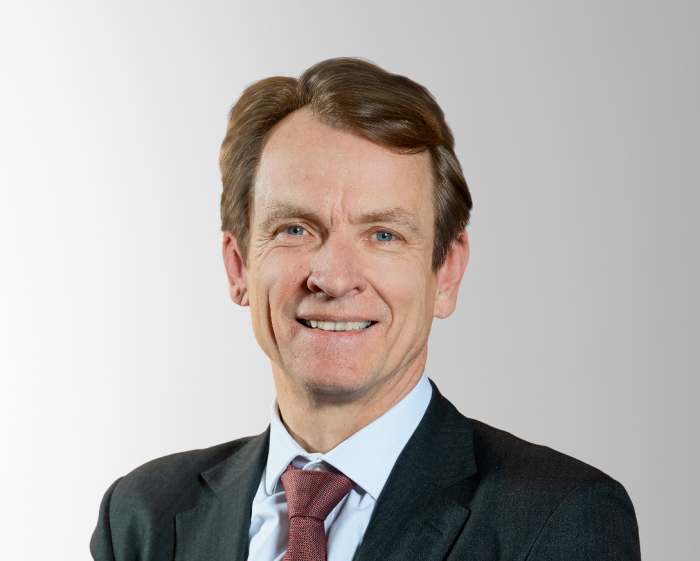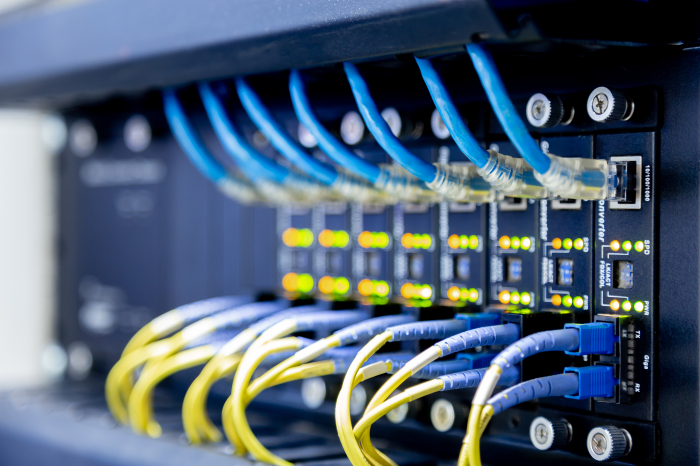Infrastructure
Net zero, digitalization to boost private infrastructure investment
Infrastructure debt investors can play an important role in supporting energy transition and digital transformation
Jul 19, 2024 (Gmt+09:00)
4
Min read
Most Read
Samsung steps up AR race with advanced microdisplay for smart glasses


When in S. Korea, it’s a ritual: Foreigners make stops at CU, GS25, 7-Eleven


Maybe Happy Ending: A robot love story that rewrote Broadway playbook


NPS yet to schedule external manager selection; PE firms’ fundraising woes deepen


US auto parts tariffs take effect; Korea avoids heavy hit



Infrastructure debt is a growing asset class with much to offer investors, with a wide range of assets and characteristics available.
AllianzGI manages over €90 billion of assets in private markets and is one of the largest infrastructure investors globally, with over €50 billion of assets under management in infrastructure as of 31 December 2023.
Claus Fintzen, chief investment officer and head of infrastructure debt at Allianz Global Investors (AllianzGI) outlines his expectations for the rest of 2024, major trends in infrastructure debt and the main challenges for institutional investors below.

FORECAST FOR H2 2024
As we enter the second half of the year, the trajectory of the US interest rates remains a primary concern for investors. Fintzen expects that it will take longer for inflation to decrease significantly enough for central banks to lower their interest rates.
However, he sees hope that this might happen by the year's end, leading to increased market liquidity.
Fintzen believes that once a positive yield curve is formed at a slightly lower level, there will be significantly more liquidity in the market. This change would align the disconnect between sellers and buyers of companies, potentially revitalizing the M&A market and increasing demand for debt financing.

TRENDS IN INFRASTRUCTURE DEBT MARKET
Characterized by a wide range of assets and features, infrastructure debt is a growing asset class with much to offer investors.
Fintzen observes two major emerging trends in infrastructure debt. The first is the energy transition towards a net-zero economy, requiring substantial investments and involving private markets in tailor-made transactions with direct lender-borrower interactions.
He says that capital markets are not suitable for classical project finance transactions due to construction risks and future drawdowns.
The second trend is digitalization, which significantly increases the need for additional power in data centers to support innovations such as driverless cars and artificial intelligence.
Fintzen expects a growing demand for telecom towers and fiber infrastructure to facilitate data transfer, adding that these trends necessitate significant global investments. "As investors, it’s time for us to get prepared to support these developments," he emphasized.

CHALLENGES FOR INSTITUTIONAL INVESTORS
Fintzen identifies two primary challenges faced by institutional investors today. The first is related to the energy transition and achieving a net-zero economy.
He emphasizes the need to develop the right financing tools and structures for the infrastructure sector. For new technologies, creating blended finance structures in conjunction with multilateral organizations, sovereign support, and government backing is likely necessary to mitigate risks that are currently unquantifiable in today's market.
There is substantial liquidity in the energy transition sector, and many investors are eager to participate.
However, the right incentives must be in place. For example, investors should be able to finance borrowers transitioning from coal to renewable energy, thereby helping the shift toward a net-zero economy. Establishing KPIs and appropriate structures is essential.
The second challenge is the impact of rising interest rates. As many companies are financed with debt and the cost of debt has increased, buyers now expect lower prices for companies due to the higher financing costs.
Meanwhile, sellers still expect valuations based on previous lower interest rates, leading to a disconnect between buyers and sellers. This misalignment needs to be resolved over time.
Additionally, the higher interest rate environment has reduced liquidity in traditional infrastructure financing.
Some insurance companies and pension funds, which have been participating in private markets, now find themselves over-allocated in private markets due to significant declines in public markets driven by rising interest rates.
By Claus Fintzen, chief investment officer and head of infrastructure debt at Allianz Global Investors
Jennifer Nicholson-Breen edited this article.
This material is for use only on The Korea Economic Daily website. For informational and educational purposes only. Any form of distribution, reproduction, extraction, or transmission of this document without prior approval from Allianz Global Investors is not permitted.
No account has been taken of any person’s investment objectives, financial situation or particular needs when preparing this document. This is not an offer to buy or sell, or a solicitation or incitement of offer to buy or sell, any particular security, strategy, investment product or services nor does this constitute investment advice or recommendation.
More to Read
-
 Private equityBaillie Gifford, Allianz increase holdings in 3D tech firm Koh Young
Private equityBaillie Gifford, Allianz increase holdings in 3D tech firm Koh YoungJan 13, 2022 (Gmt+09:00)
2 Min read -
 Real estateFormer NPS real estate chief named Allianz RE's Asia head
Real estateFormer NPS real estate chief named Allianz RE's Asia headMay 20, 2022 (Gmt+09:00)
1 Min read -
 Alternative investmentsNPS-Allianz $2.3 bn fund seeks to buy stake in Singapore tower
Alternative investmentsNPS-Allianz $2.3 bn fund seeks to buy stake in Singapore towerDec 09, 2020 (Gmt+09:00)
1 Min read
Comment 0
LOG IN


